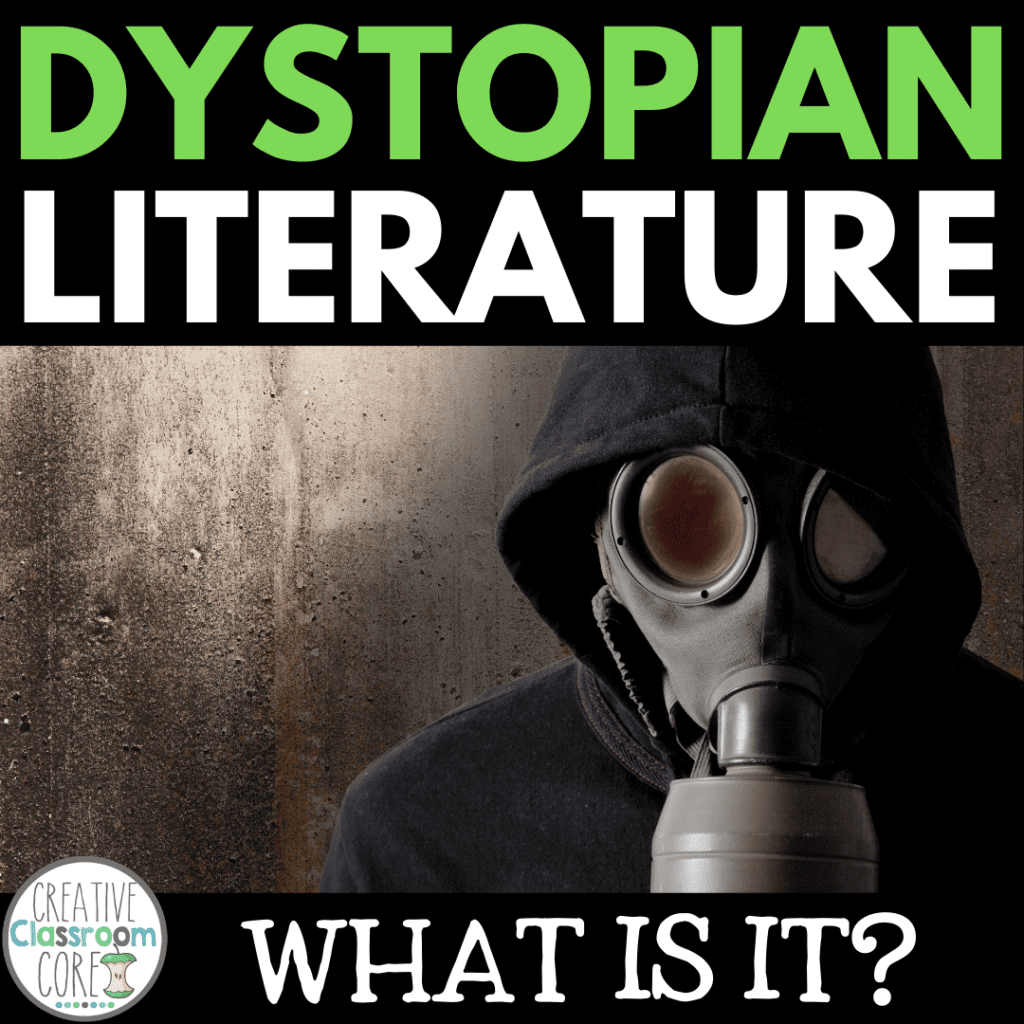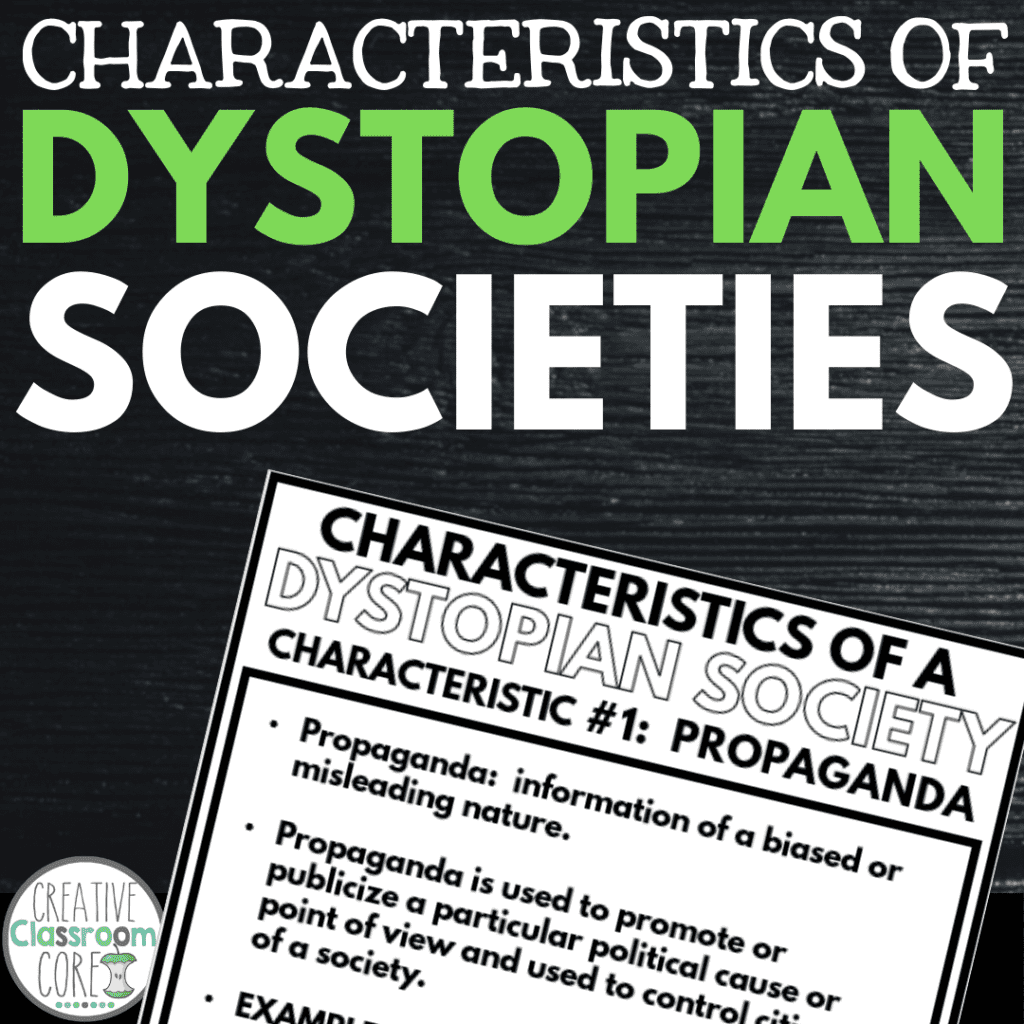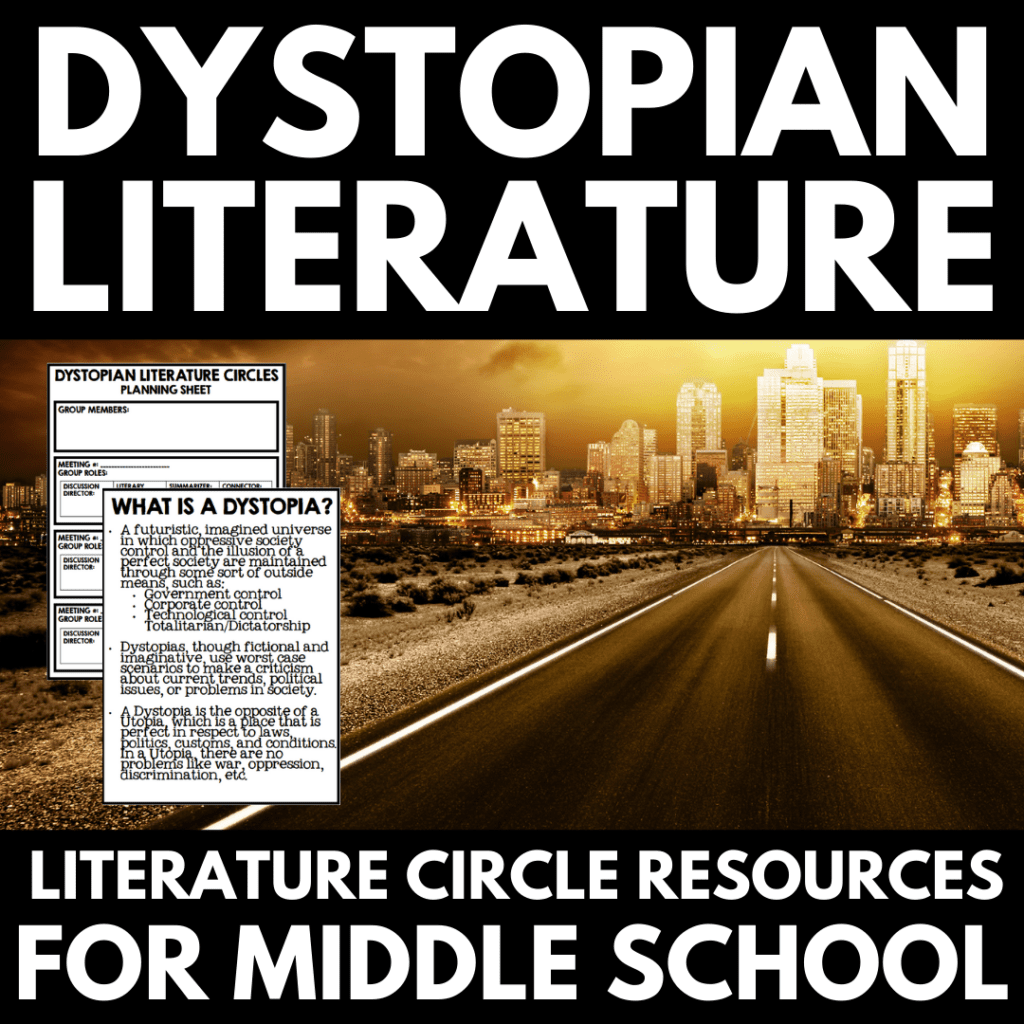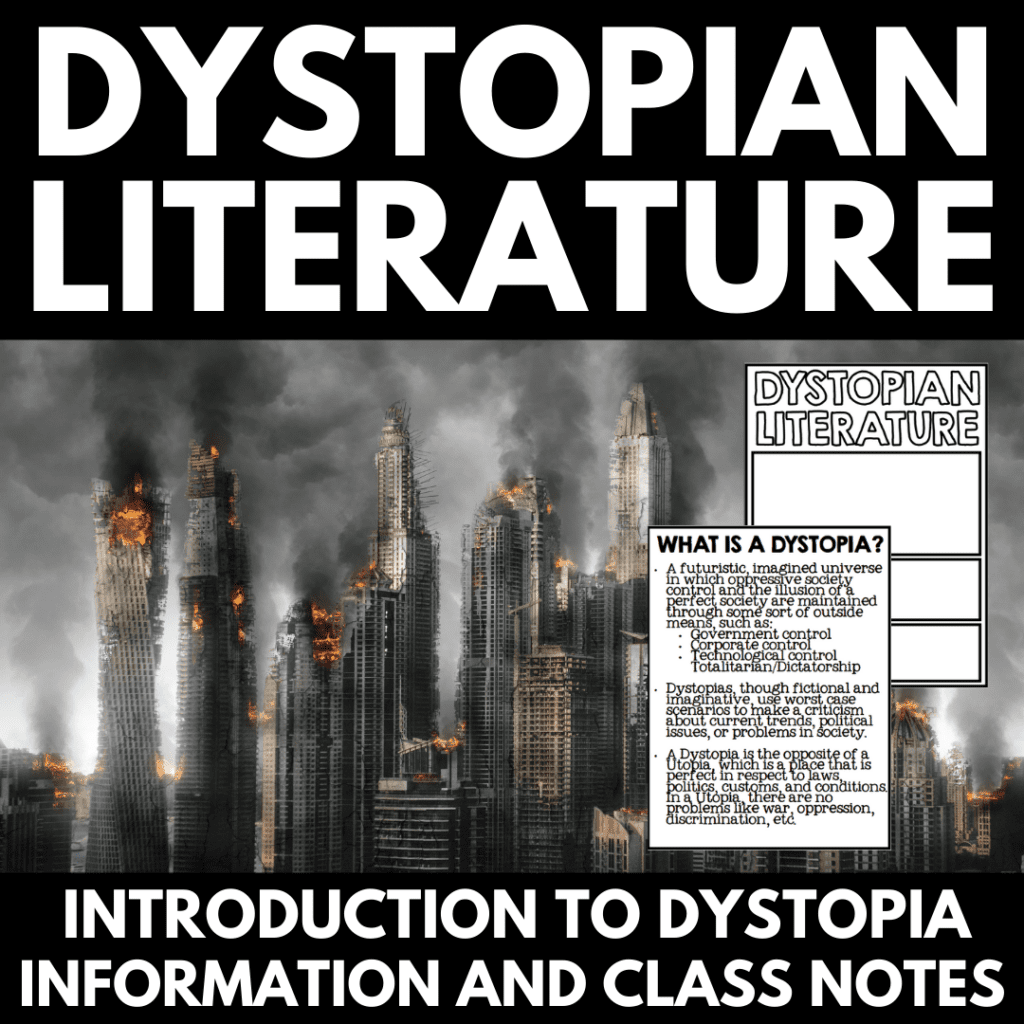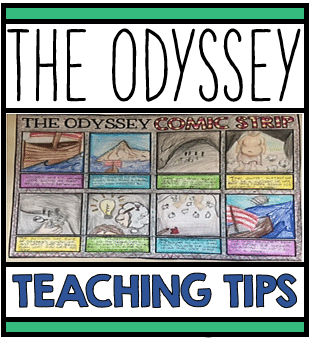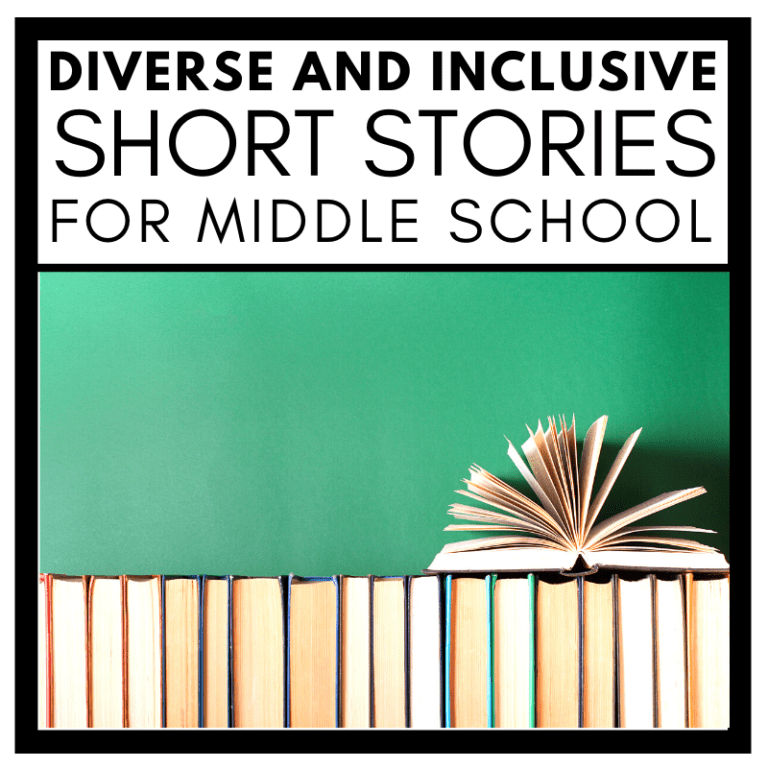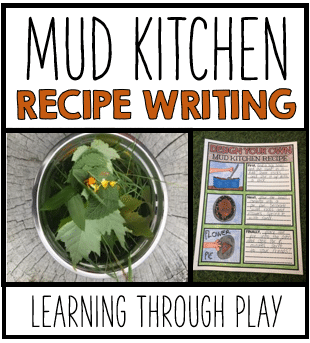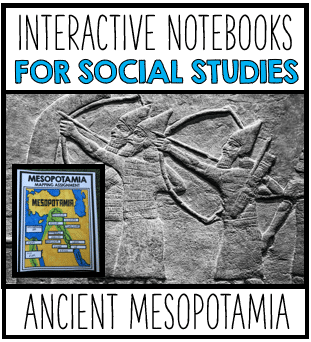What is Dystopian Literature?
By MARISSA DESPINS Updated March 22, 2024
Dystopian Literature is often a favorite genre of the learners in my classroom. My upper elementary and middle school students have always gravitated towards this genre. Titles like “The Hunger Games”, “The Giver”, and “The Uglies” are some of the most read books in my classroom library. In this post I answer the essential question: What is Dystopian Literature? Also, I share some of the characteristics of this engaging genre, as well as some fun classroom activities to use with Dystopian Literature.
Looking for some ready to teach resources to use along with your next Dystopian Literature unit? Click on the image or button below to see all of the Dystopian Literature activities available in my TPT shop!
What is Dystopian Literature?
Dystopian literature is a genre that explores imagined future worlds where society has often taken a turn for the worse, typically under oppressive, totalitarian regimes or in post-apocalyptic settings. These narratives serve as cautionary tales, highlighting the potential consequences of political, environmental, or social trends in the real world.
Dystopian stories delve into themes of freedom, surveillance, individuality versus conformity, and the human spirit’s resilience in the face of adversity.
Through the portrayal of exaggerated worst-case scenarios, dystopian literature encourages readers to reflect on current societal issues, ethical dilemmas, and the importance of safeguarding democratic values and human rights.
Classic examples include George Orwell’s “1984,” Aldous Huxley’s “Brave New World,” and more contemporary works like Suzanne Collins’ “The Hunger Games.” These stories are not just about bleak futures; they are mirrors held up to our present, asking profound questions about the direction in which we are headed.
To read more about Dystopian stories, check out our favorite novels and short stories!
What is a Dystopia?
A Dystopia envisions a future universe where an oppressive society exerts control, perpetuating the facade of an ideal world through external manipulation. This control can take various forms such as government dominance, corporate influence, technological supremacy, or dictatorial rule. “The Hunger Games” by Suzanne Collins is a perfect example of this. Katniss and the people of her district are controlled by the whims of the Capital.
Dystopias are fictional and imaginative. They use worst case scenarios to make criticism about current trends, political issues, or problems in society.
Utopia Vs. Dystopia
A Dystopia is the opposite of a Utopia. A Utopia is a place that is a perfect in respect to laws, politics, customs, and conditions. In a Utopia, there are no problems like war, oppression, or discrimination. In A Dystopia, however, these things are often prevalent.
What Are some key features of protagonists in Dystopian Literature?
Dystopian protagonists share a lot of similar characteristics. These include:
-They often feel trapped and are struggling to escape.
-The protagonist often have questions about the existing social and political systems.
-They believe that there is something terribly wrong with the society in which they live. They believe this even if others can’t see it.
-The protagonists help the audience recognize the negative aspects of the dystopian world through their perspective.
What are the Key features of Dystopian Society? How can they be seen in Dystopian Literature?
Characteristic #1 – Propaganda
Propaganda is information of a biased or misleading nature. It is used to promote or publicize a particular political cause or point of view. It is used to control citizens of a society.
•DYSTOPIAN LITERATURE EXAMPLE: In “Brave New World” by Aldous Huxley, propaganda is used to condition people to believe they are happy with whatever lot they are dealt in life. Affirmations are played nightly to young children. As a result, the benefits of their societal roles are reinforced.
Characteristic #2 – Restrictions
In dystopian society, information, independent thought, and freedom are controlled or restricted.
•DYSTOPIAN LITERATURE EXAMPLES: In “1984” by George Orwell, the Party prohibits free thought and any expression of individuality. In “The Giver” by Lois Lowry, only one person in the community is allowed to know certain things.
Characteristic #3 – Surveillance
In a dystopic society, citizens perceive that they are under constant surveillance. Someone is always watching, via cameras or spies.
• DYSTOPIAN LITERATURE EXAMPLE: This can be seen in “The Hunger Games” by Suzanne Collins. The actions of Katniss and the other tributes while in the arena are broadcast on live TV to the people of Panem. Additionally, this can be seen in “1984” by George Orwell. In this novel, Big Brother is “always watching”.
Characteristic #4 – Fear of the Outside World
In a dystopic world, citizens fear the world outside the boundaries of their area. Even if allowed to, the citizens would likely not leave because of this fear.
• DYSTOPIAN LITERATURE EXAMPLE: This can be seen in “The City of Ember” by Jeanne DuPrau. The area outside of Ember is in darkness. As a result, the people are afraid to leave the city.
Characteristic #5 – Dehumanization
Citizens in Dystopic Society live in a dehumanized state. Elements of dehumanization can vary. These can include living without love, denial of basic needs, or living with too much technology.
• DYSTOPIAN LITERATURE EXAMPLE: In “The Hunger Games” by Suzanne Collins, the people of District 12 are denied most of their basic needs. The tributes are essentially treated as animals. They are sent to fight for their lives in the Games.
Characteristic #6 – Conformity
Citizens in dystopic worlds conform to universal expectations. Individuality, or being different in any way, is bad.
• DYSTOPIAN LITERATURE EXAMPLE: This can be seen “The Uglies” by Scott Westerfeld. Teens go through elaborate surgical procedures to make them fit society’s version of “pretty”.
Characteristic #7 – Utopian Illusion
The dystopic society is the illusion of the perfect world.
• EXAMPLE: In “The Giver” by Lois Lowry, no one is more beautiful than someone else. No one is faster, or stronger, or even smarter. There is no competition between anyone. Since everyone is equal, everyone appears happy.
Looking for some activities to use in your next Dystopian Literature Unit?
Check out the following resources in my TPT shop by clicking on the images below!
Interested in reading more posts about genres of literature?
Check out my previous posts below.
Interested in signing up for my email list?
If you are interested in signing up for my email list, you can do so by clicking on the link below. I periodically send out emails with free resources. I also send teaching tips, and exclusive deals. Signing up will also give you immediate access to some of my best selling Interactive Notebook resources. These include foldable activities, graphic organizers, and other fun activities.
